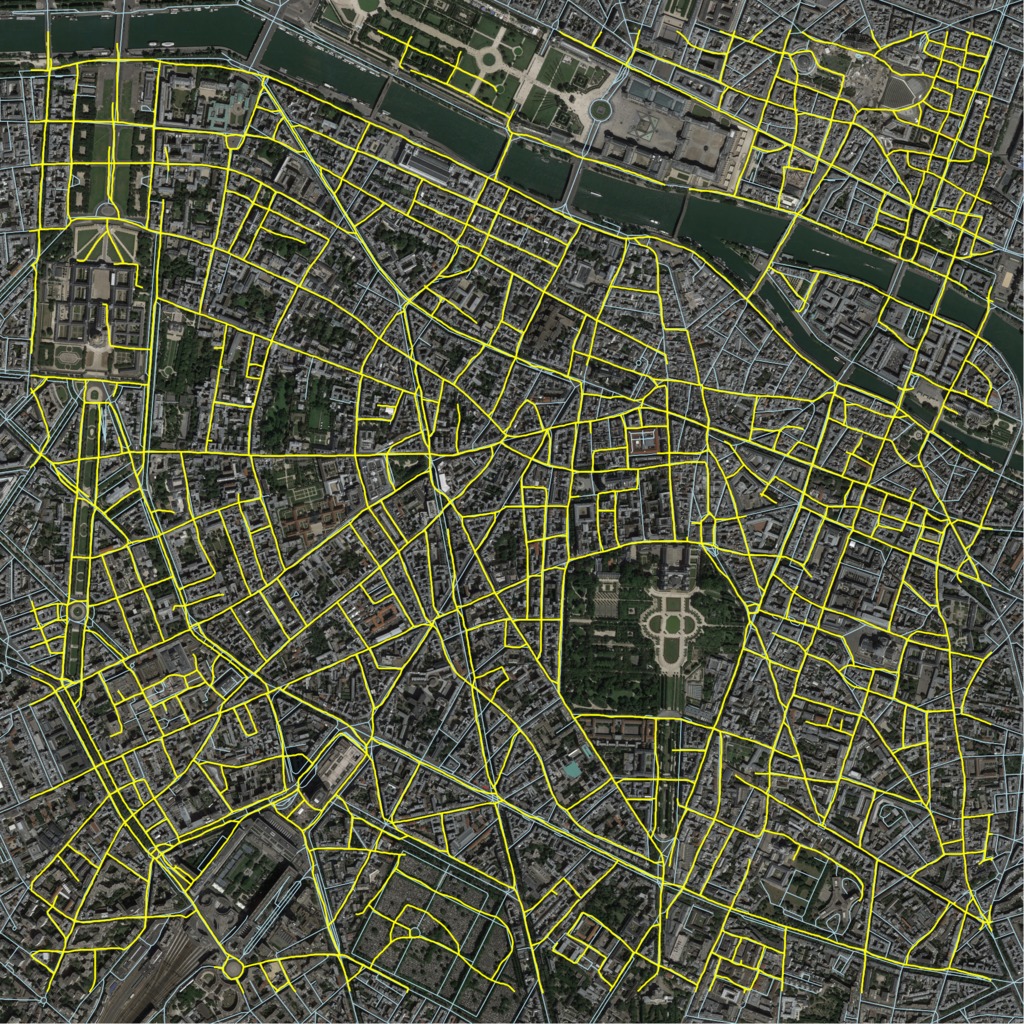
Looking for some local travel inspiration? Culture Trip’s got your back!

Great things happen when geography fuels your business. Like, your website gets 15 million unique visitors every month, Forbes places you on its list of fastest-growing businesses in the United Kingdom, and your Series B lands you a cool $80 million.
London-based travel portal Culture Trip was founded in 2011 by Dr Kris Naudts, who gave up a solid career in psychiatry to pursue his passion – wanderlust. But unlike other travel sites, Culture Trip doesn’t focus on selling travel-related services (yet). Its latest round of funding has been stimulated by the sheer power of content. The startup has 170 writers, 45 filmmakers, 85 photographers, and 30 illustrators and animators covering hundreds of locations across the globe, giving a uniquely local perspective to travel.
Culture Trip publishes more than 3,000 articles every month and already has a treasure trove of over 75,000 posts for users to consume. The topics cover everything from food and drink to fashion and architecture, but it goes beyond the obvious to explore the intriguing and the exciting. At the time of writing this blog, the website’s homepage featured stories like ‘Why you need to visit Tokyo’s Sumo restaurant’ and ‘If you haven’t visited these 11 museums, you need a culture trip in 2018’. (God knows we do!)
Users can look for travel inspiration via geographically-divided sections – Europe, North America, South America, Central America, Africa, Asia, Middle East, Antarctica, and the Pacific. And each of these sections is further divided via a country list.
While Culture Trip looks to expand its in-house workforce with this fresh round of funding, it also plans to launch an online travel agency this summer. The startup says the OTA will connect Culture Trip’s rapidly growing millennial audience with hand-picked hotels, hostels and experiences. So, while third-party partnerships would be a part of the business model, the USP will be the local experiences run by Culture Trip’s own contributors. Now, let’s go find some beautiful place to get lost 🙂







